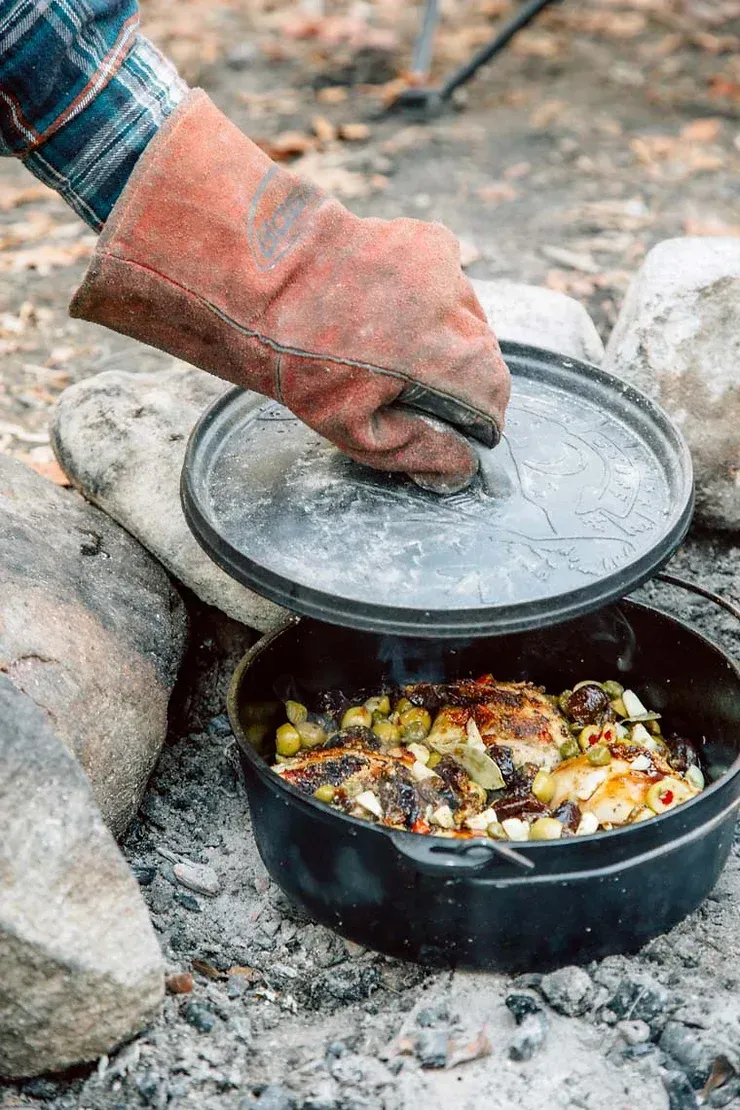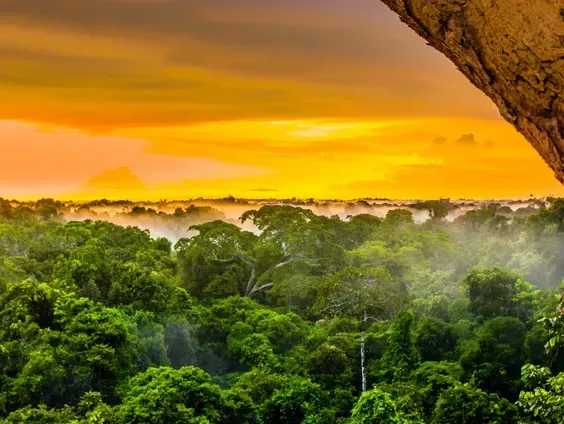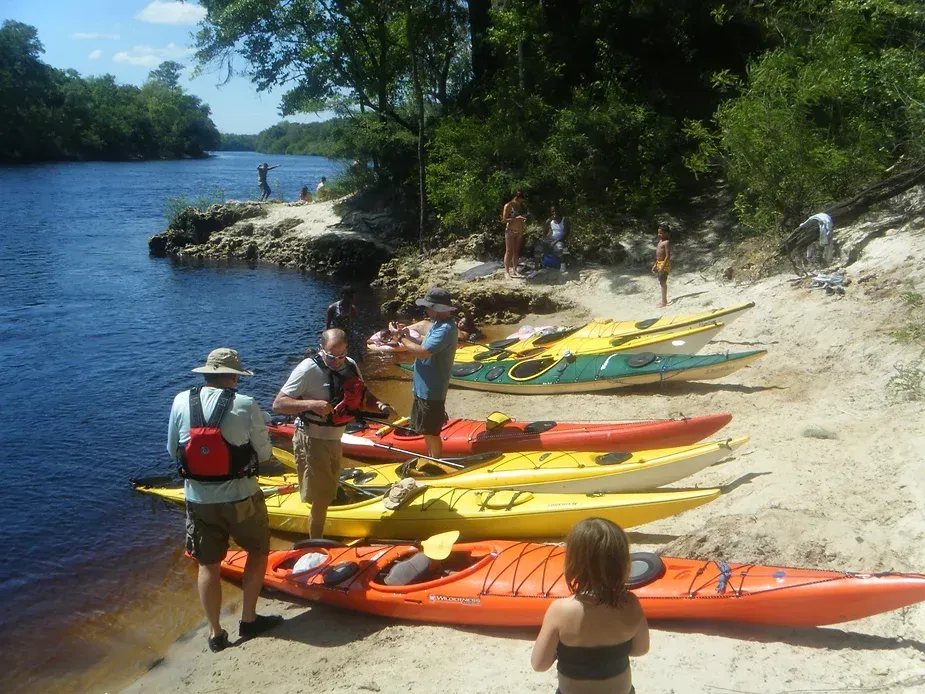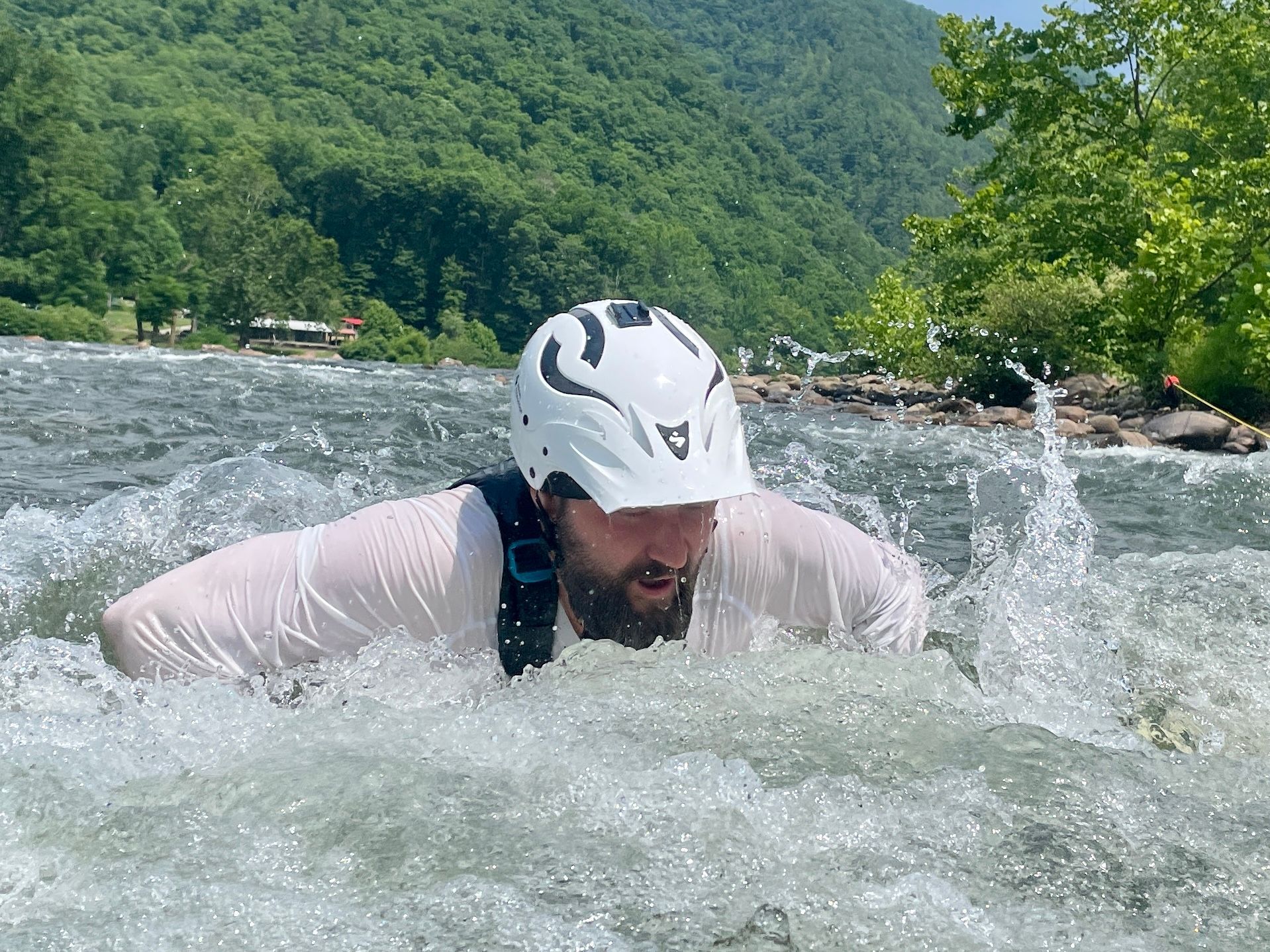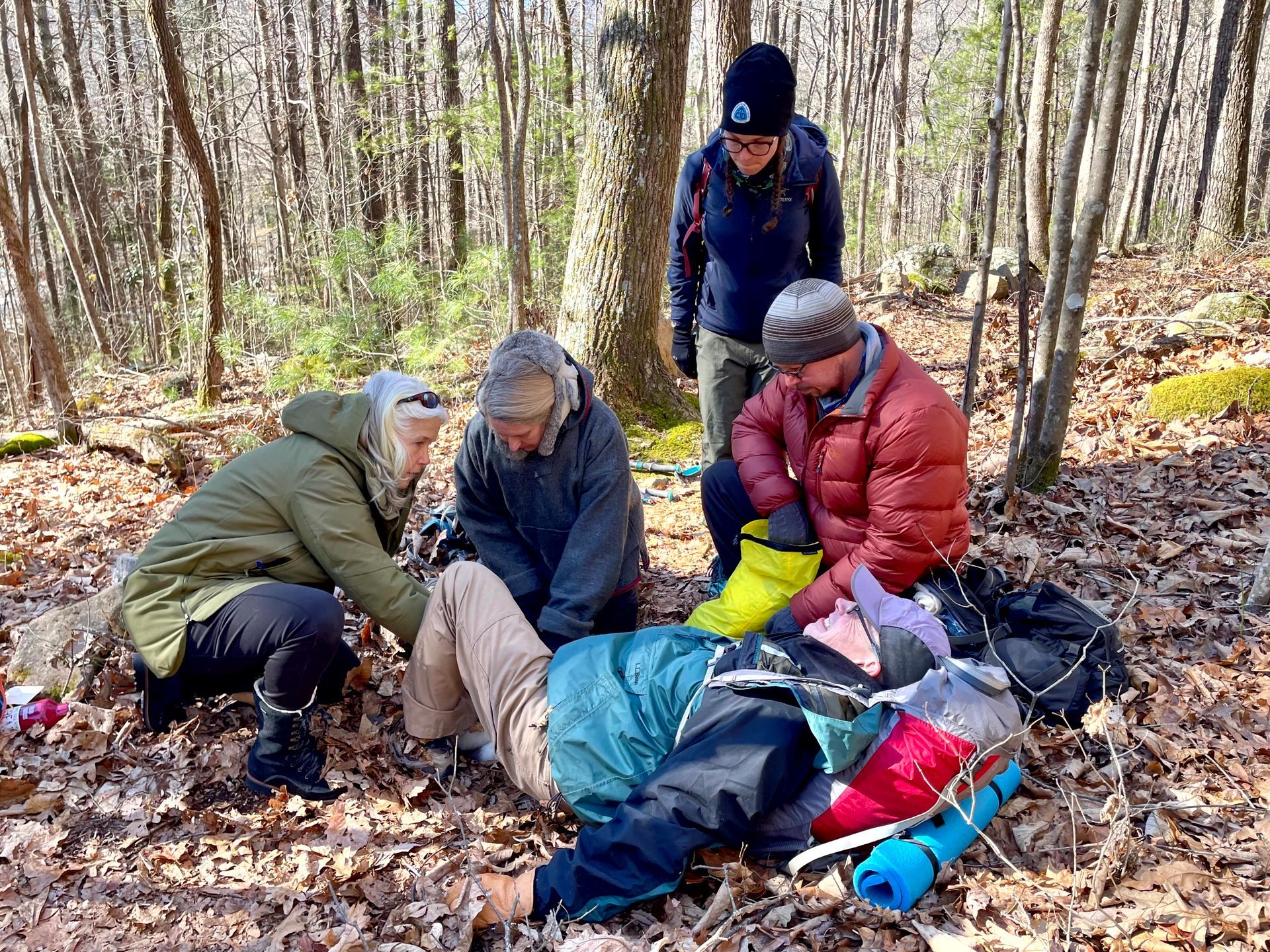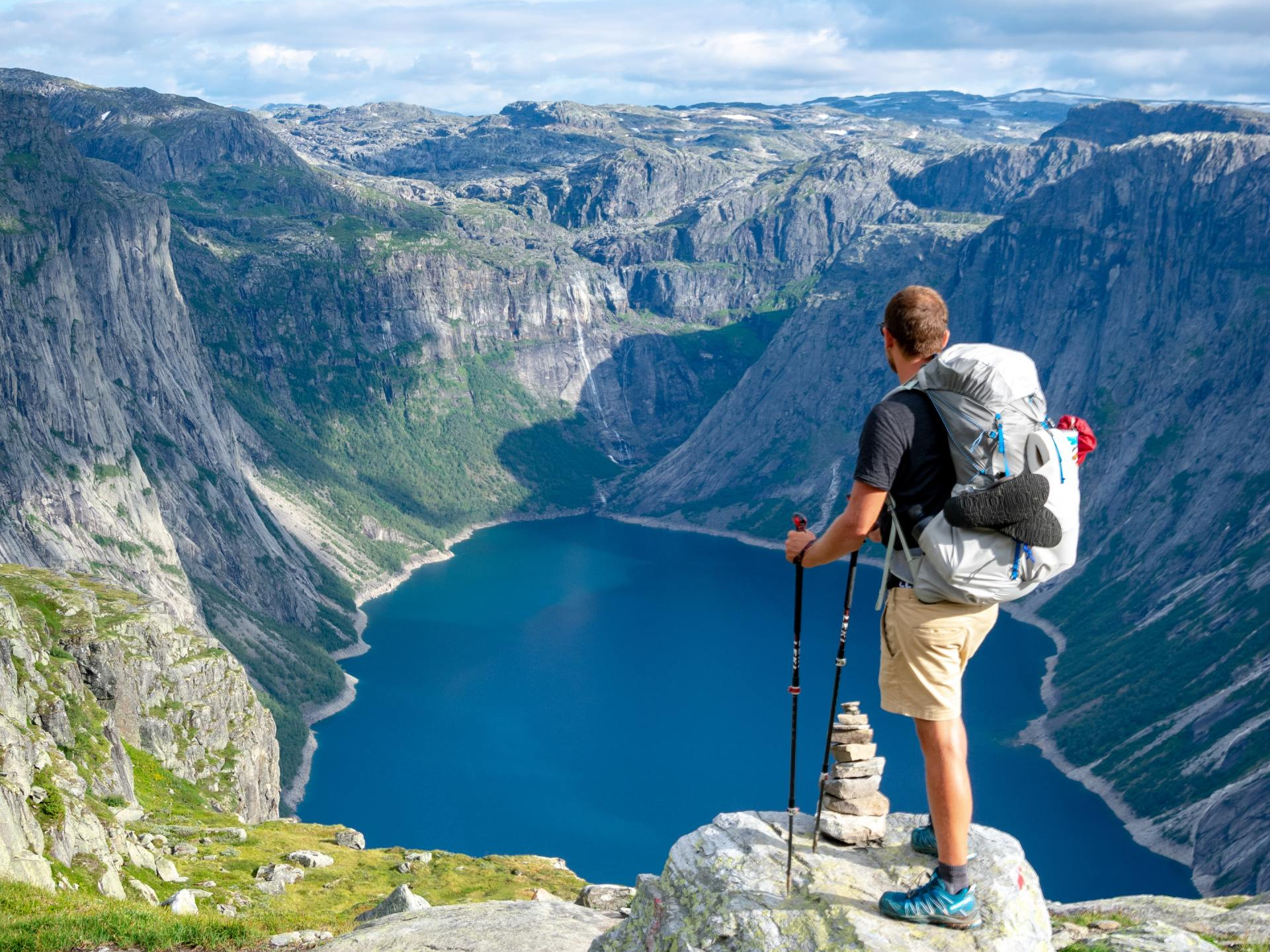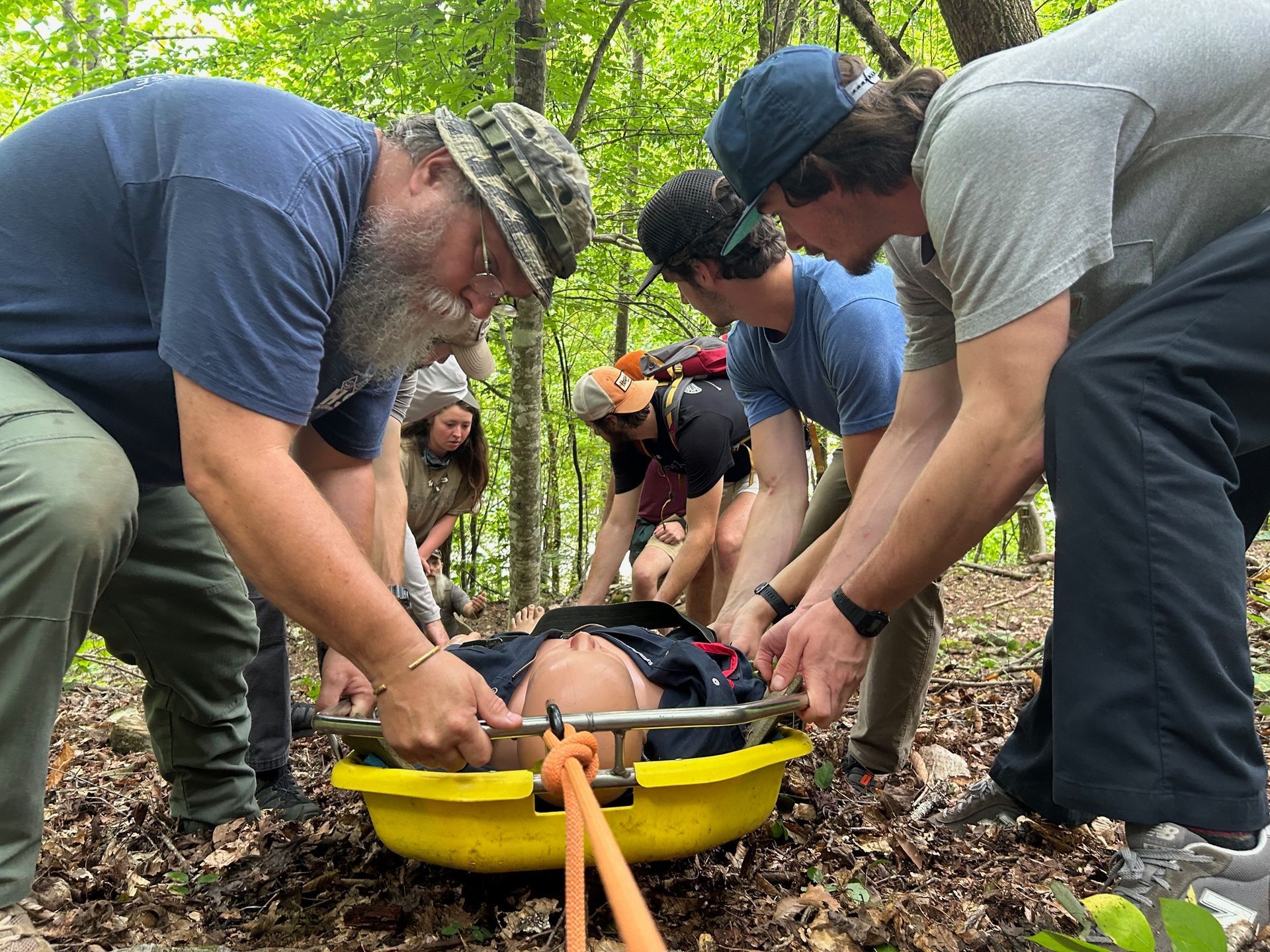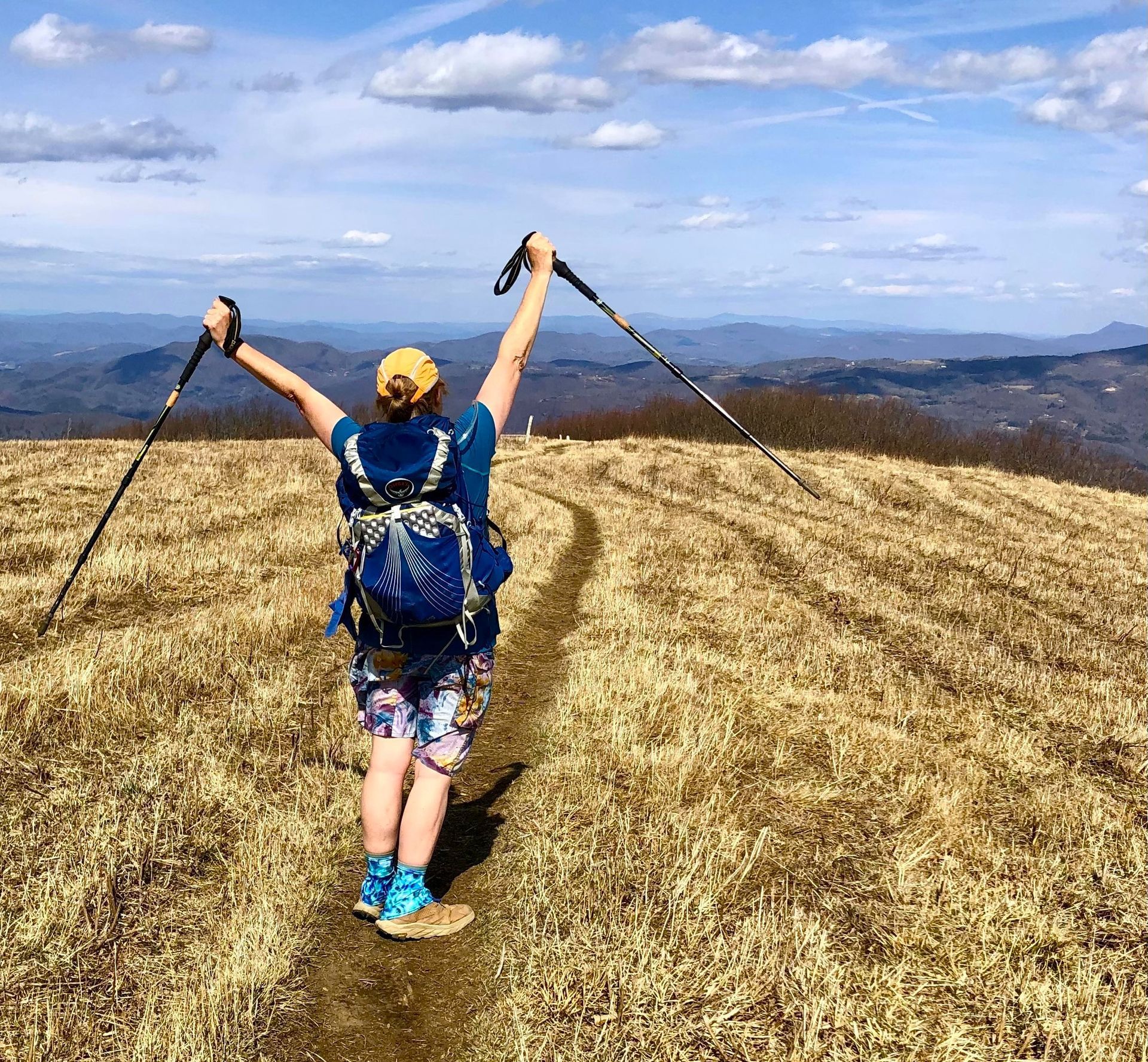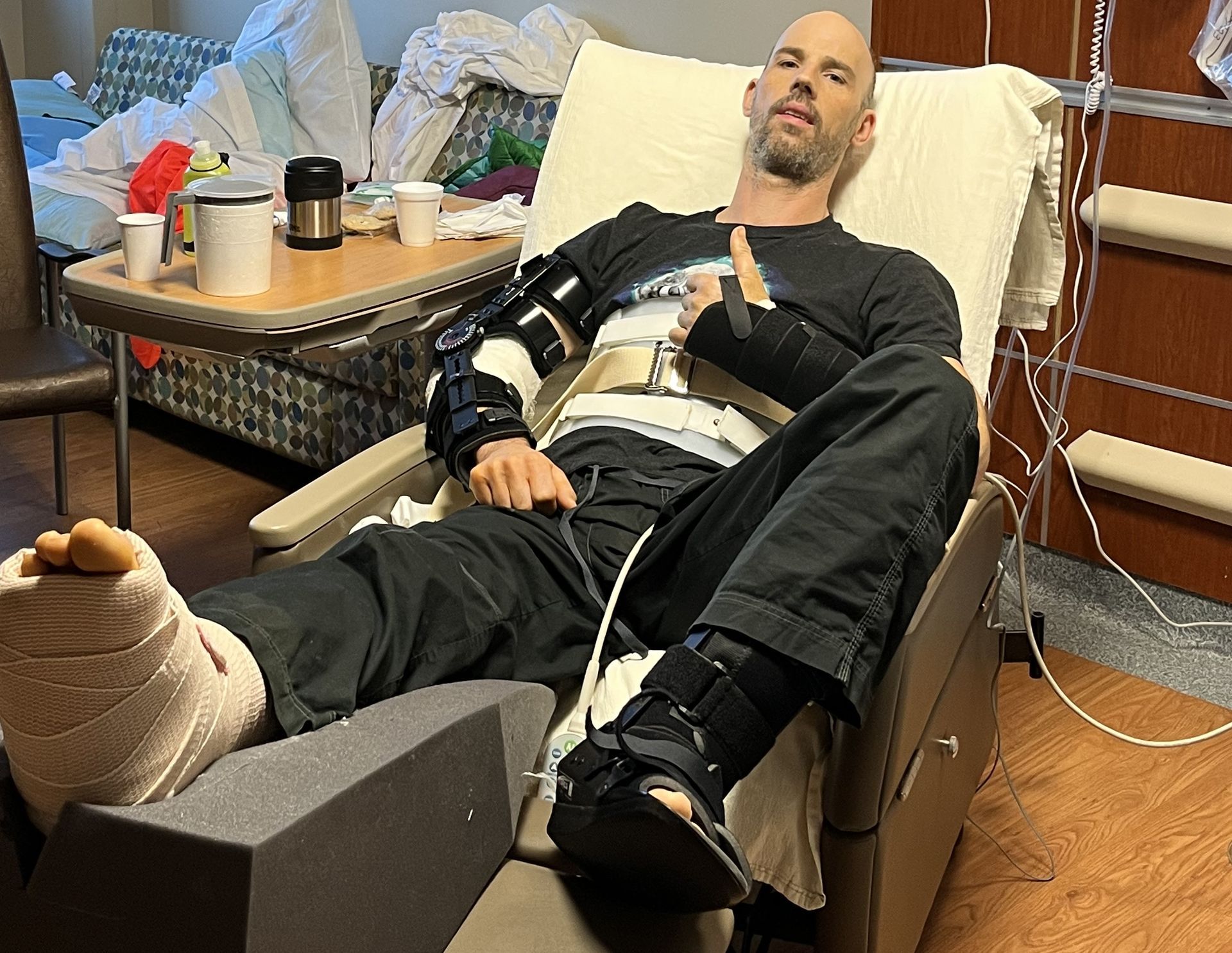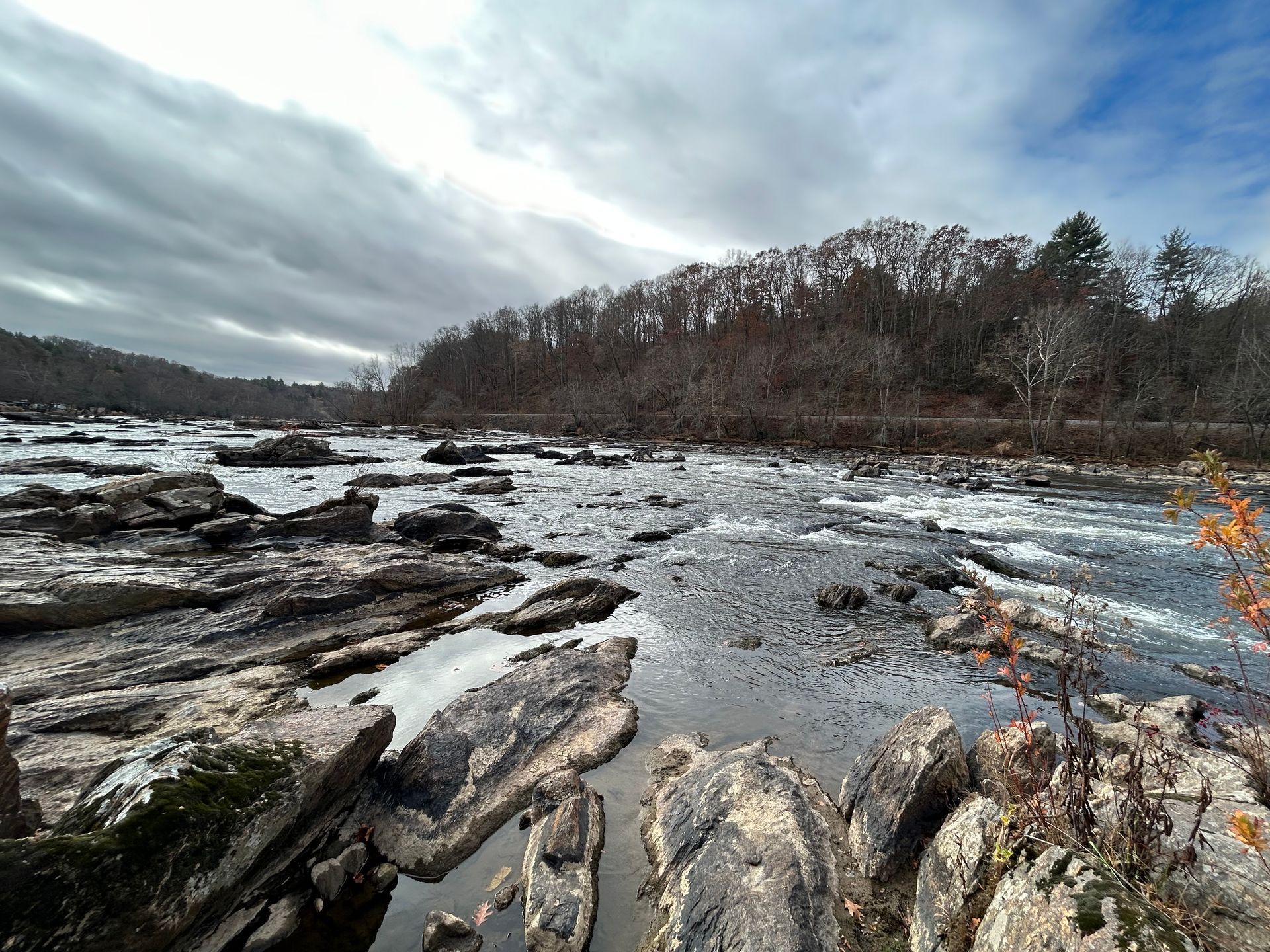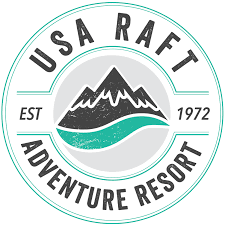Spring Training!

While it is possible to stay active throughout the winter, for most people winter activity levels tend to be less than in the warmer months. The promise of warmer days, with increasing hours of sunlight, are motivating for us to get out and get active! As the gray skies clear, we feel the lethargy of winter start to melt away, and we're ready to pick up where we left off last fall!
Woah! Hold on there!! Before you try to jump back in at your end of season activity level, consider some spring training! Did you suffer an injury last season? How well did you rehab it? Even if it’s feeling better after some winter rest, is it really strong enough for what you’ve got planned this season?
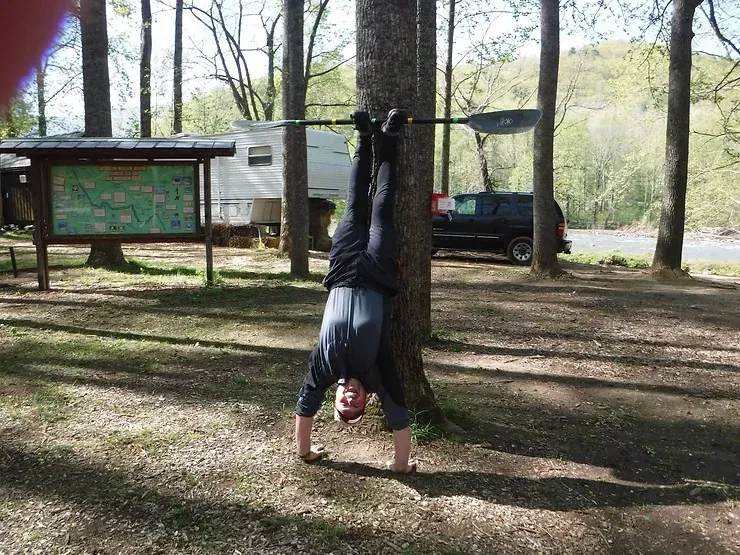
One way to consider the need to exercise to prepare for outdoor activities, is to realize that it’s not enough to be strong enough to get through an activity. The goal is to be strong enough to get through in good style; i.e. without injury or exhaustion after doing what you do. This means that your base level of physical fitness must meet or exceed the physical requirements of your sport when it is the most demanding.
I’m not suggesting putting off your favorite activities in lieu of going to the gym. I’m suggesting you ramp up slowly, stretch out tight shoulders and knees, rehab those muscles and tendons with some resistance work, and do a self inventory of how well you've over-wintered. A plan like that will help you get the most out of the summer.
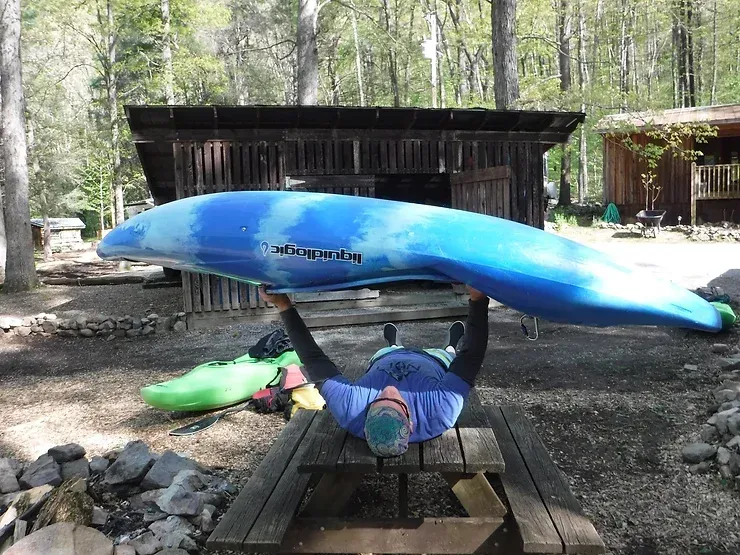
Strength training is one of the best options. Resistance training can include things like weight lifting, or body based exercises like push-ups, lunges and squats. Cardio is good too, but resistance training is better for rebuilding muscle, ligaments, and joint range of motion. Those are the things we lose during periods of less activity.
One way to qualify an activity as “exercise” is to do it at a level ABOVE what you’ll need for the activity you’re looking to do. If your kayak weighs 40 lbs, strive to be able to comfortably bench press 80 lbs of weight. If your canoe weighs 50 lbs, strive to be able to comfortably squat 100 lbs. Be sure it’s strenuous enough to get your heart rate up, break a sweat, and require genuine effort.
Balanced based activities are also excellent ways to get a whole body workout. And they can be more fun than lifting weights. Activities like yoga, slack-line walking, wobble ball training, jumping rope, or obstacle course work are good examples.
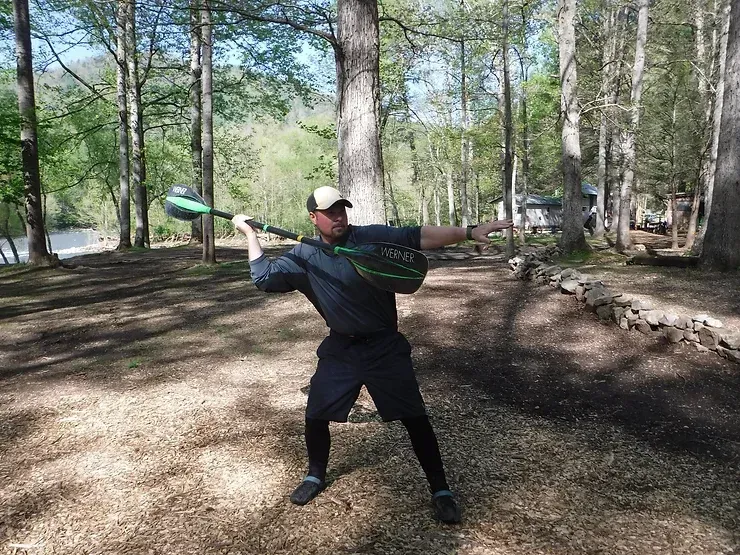
There’s no exact calculation of how much more demand you should condition your body to handle. The idea is that in order to prevent injury, you need to be strong enough to handle physical demands that are above the average demands of your sport. If your shoulders are conditioned to handle 50 lbs of stress, when you’re kayaking and get munched in that hole, and need to apply 70 lbs of paddle power to get out, injury may result.
Using your inside days to prepare for your outside fun will help your entire season be more enjoyable. Be safe, learn some stuff, and most of all, HAVE FUN!
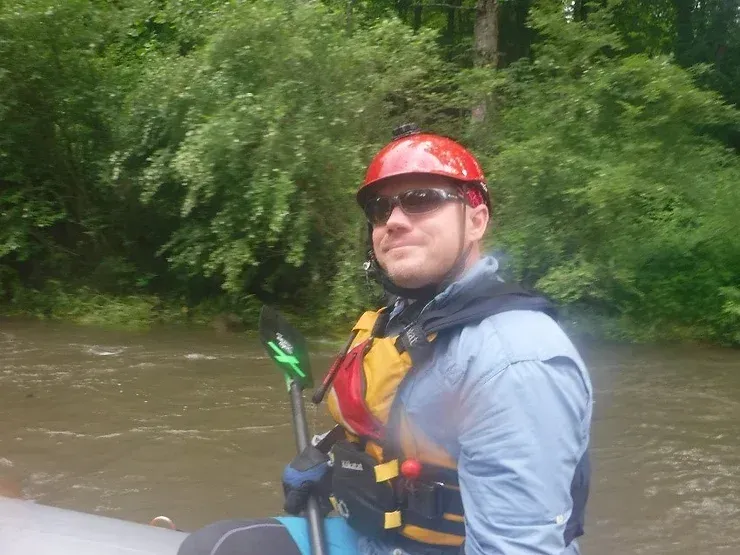
NOLI instructor Brad Eldridge teaches whitewater kayaking and canoeing. He is also a licensed chiropractor.

